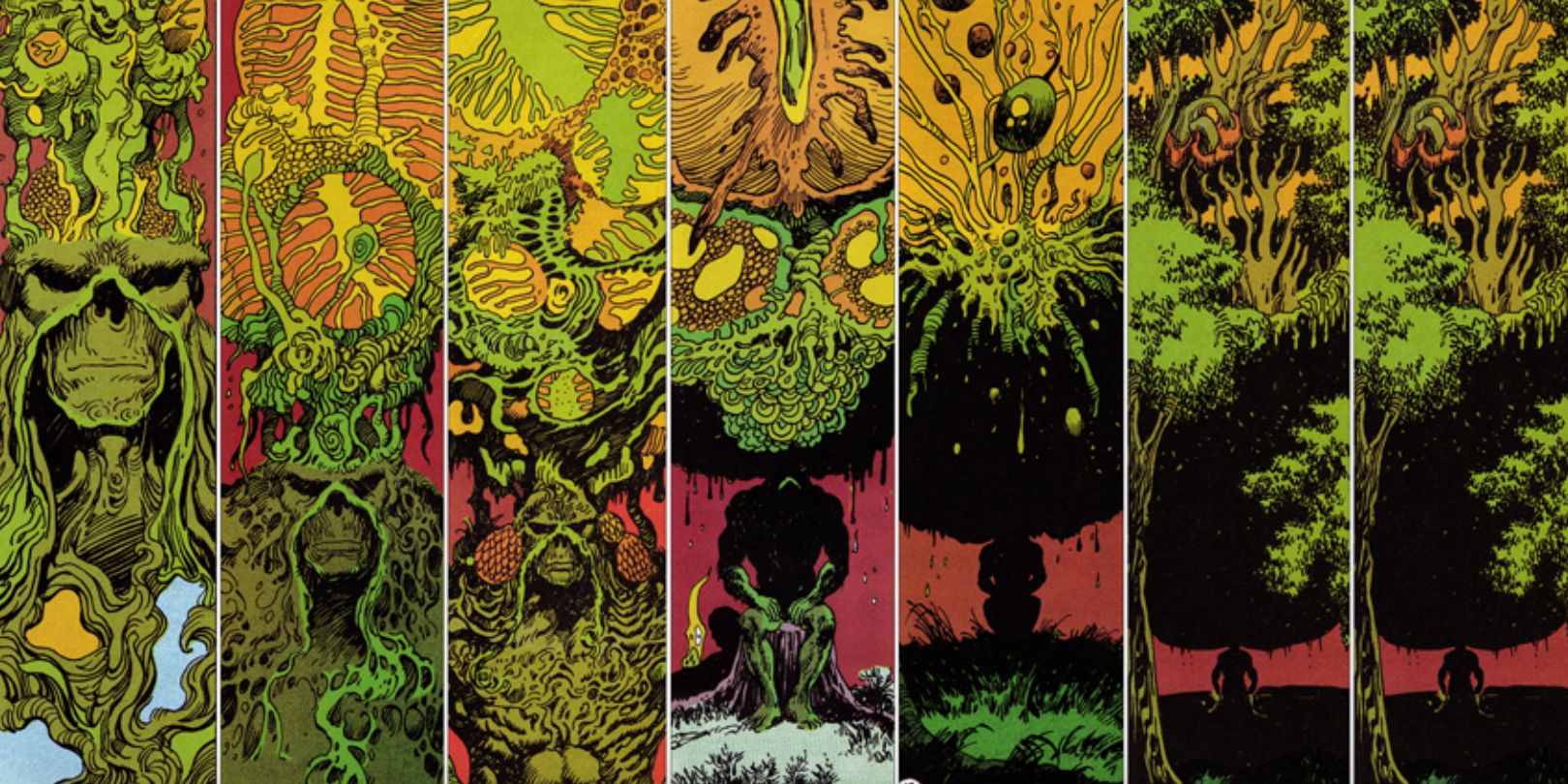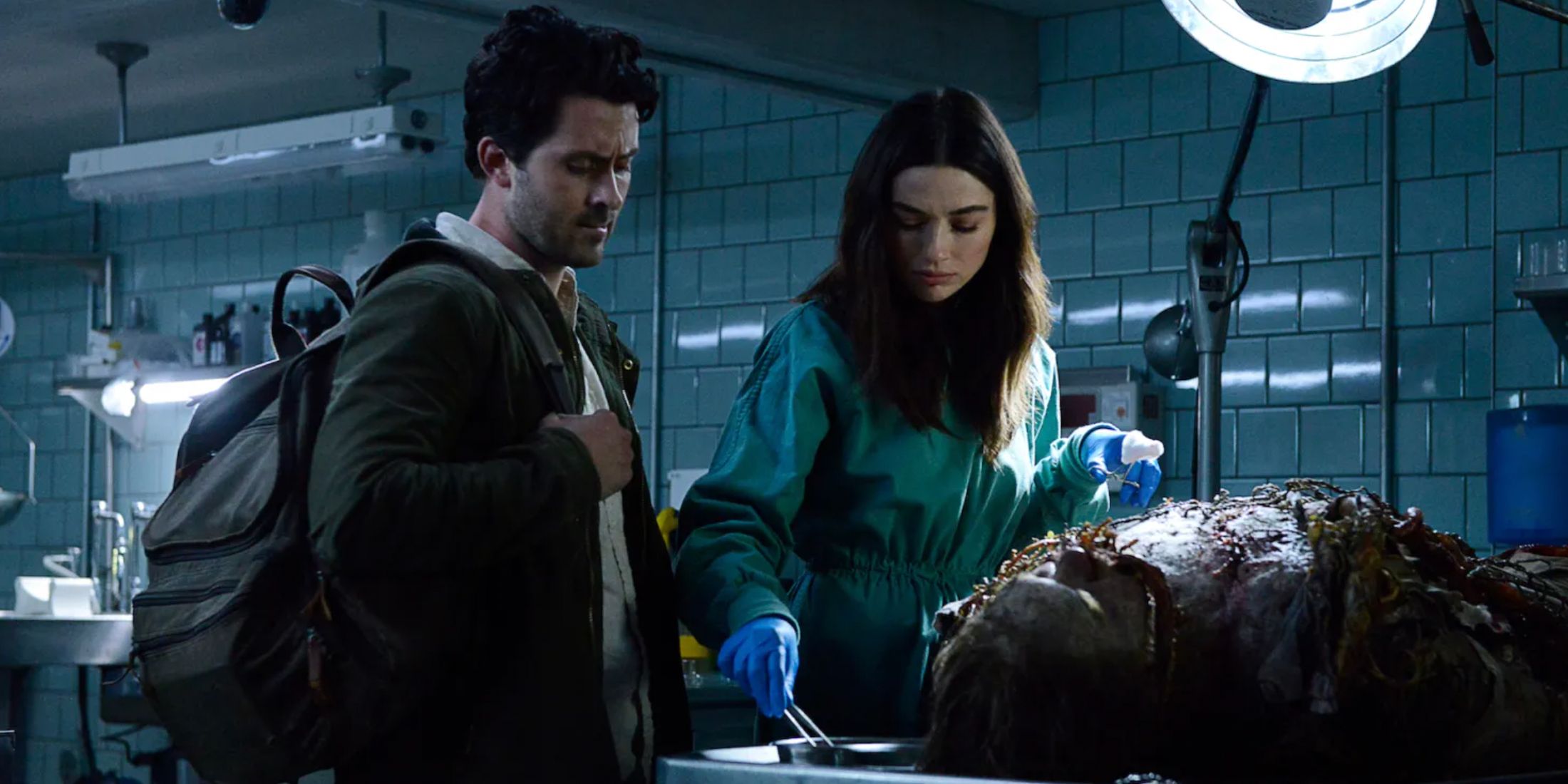Before HBO Max became the streaming platform it is today, there was the short-lived DC Universe. The platform promised a catalog of DC Comics, movies, and television shows for comic book fans. Titans, Doom Patrol, Stargirl, and Swamp Thing all debuted on DC Universe before they got new homes on HBO Max or the CW. Swamp Thing, however, didn’t make it beyond its initial episode order to find a home on another platform. While it initially had a 13 episode order, DC Universe cut it back to 10, and then canceled the series completely.
Thanks to deals with other streaming services and the CW, however, fans all over the world have now been able to watch Swamp Thing. The CW brought edited versions of the episodes to the screen after the cancelation, and made the series available on their streaming app as well. The series draws inspiration from different DC comic book runs, but its short first season is really a love letter to horror — specifically, body horror.
What Is Body Horror?
When many movie fans think of horror, they think of the suspense and the jump scares of the slasher films made famous by Halloween and Friday The 13th. Horror as a genre, however, has many subgenres. Slasher flicks just encompass one aspect of the genre.
The body horror subgenre stems out of horror classics like The Blob and The Fly. In fact, David Cronenberg’s remake of The Fly is often considered one of the best body horror films to exist. Even more than 30 years later, the movie is still considered the gold standard.
Body horror uses the human body to make the audience uncomfortable. It’s the body itself, and its transformations (or its treatment), that is used to create the suspense, the anxiety, and the need to cover one’s eyes. It’s not the killer brandishing a knife or jumping out of a dark corner that does the job. Most often, this is created by putting the human body into unnatural positions or allowing some outside force to completely transform a human body, like in The Fly — or showcasing a massive swamp-human creature, like Swamp Thing.
Swamp Thing Has Always Dabbled In Horror
Many comic book fans likely know Swamp Thing more for its camp than its horror elements, if they’re at all familiar with some of its classic stories. The anti-hero, however, has always had his roots in horror. Swamp Thing, a human man transformed by the environmental force known as The Green, finds himself an unrecognizable monster who often can’t even remember his human life. He spends his time in the darkness of the swamp, protecting the environment, but also innocent people. The character debuted in a 1971 House Of Secrets comic. However, Alan Moore’s run for DC imprint Vertigo, The Saga Of Swamp Thing, published a decade later, is often credited for bringing the horror to the character.
The series, with art by John Totleben and Stephen Bissette, strove to not just tell dark stories, but to make the stories visually darker. Characters spent a lot of time in half-shadow or in states of alarm, making the pages appear more horror-like than that of the average superhero comic. The stories spotlighted Abby Arcane, bringing love and humanity to Swamp Thing, while also highlighting the Sunderland Corporation as an entity to be fought. Moore was able to combine the elements that made a successful superhero story with those that crafted a compelling horror tale.
The 2019 live action series features a lot of the same elements. With the addition of computer generated effects and advancements in makeup prosthetics and costuming, it leaned even more into visual horror than the stories of the comics could.
2019's Swamp Thing Showcases Body Horror Expertly
Swamp Thing’s audience is thrown into the body horror elements of the series right away. In the very first episode of the series, the show kills off characters, while Abby Arcane (Crystal Reed) witnesses vines seemingly reanimating a dead body before the rapidly growing plant life actually destroys it right in front of her. A lot of the body horror in the series is born from The Green fighting back against those who would harm the swamp, using vines, branches, and even mud to punish people.
CGI is employed throughout the show, but for the most part, audiences won’t be able to tell the difference between the practical and the computer generated. As vines and roots impale people on screen, viewers are torn between wanting to look away and wanting to see how the scenes play out.
Dead bodies have vegetation growing out of them even as vines tear them to shreds. There’s also the transformation of Alec Holland (Andy Bean) into Swamp Thing (Derek Mears), but that transformation is largely hinted at until a bigger reveal. The plant-like monster’s appearance in the show is often shrouded in shadow or obscured by other flora, but the suit that Mears wears is all practical effects. This masterpiece was created by Justin Raliegh (who often works on the practical effects for horror master’s James Wan’s movies), and adds to the showcase of body horror. While makeup and prosthetics are employed, parts of the suit actually move with the actor, allowing the vines and leaves to be an extension of his performance.
Part of what sells the body horror of the series is that, even when Abby is frightened, there’s a natural curiosity in her. It echoes what audiences feel when watching body horror: the need to understand what's going on. The show is very much Abby’s journey as much as Alec’s, and her reactions to the transformations she witnesses make her a surrogate for the audience. Abby reminds the audience of Alec’s own humanity, and allows him to show it beyond the vines and the swamp.
Swamp Thing is streaming on Prime Video, Apple TV, Roku, and the CW.
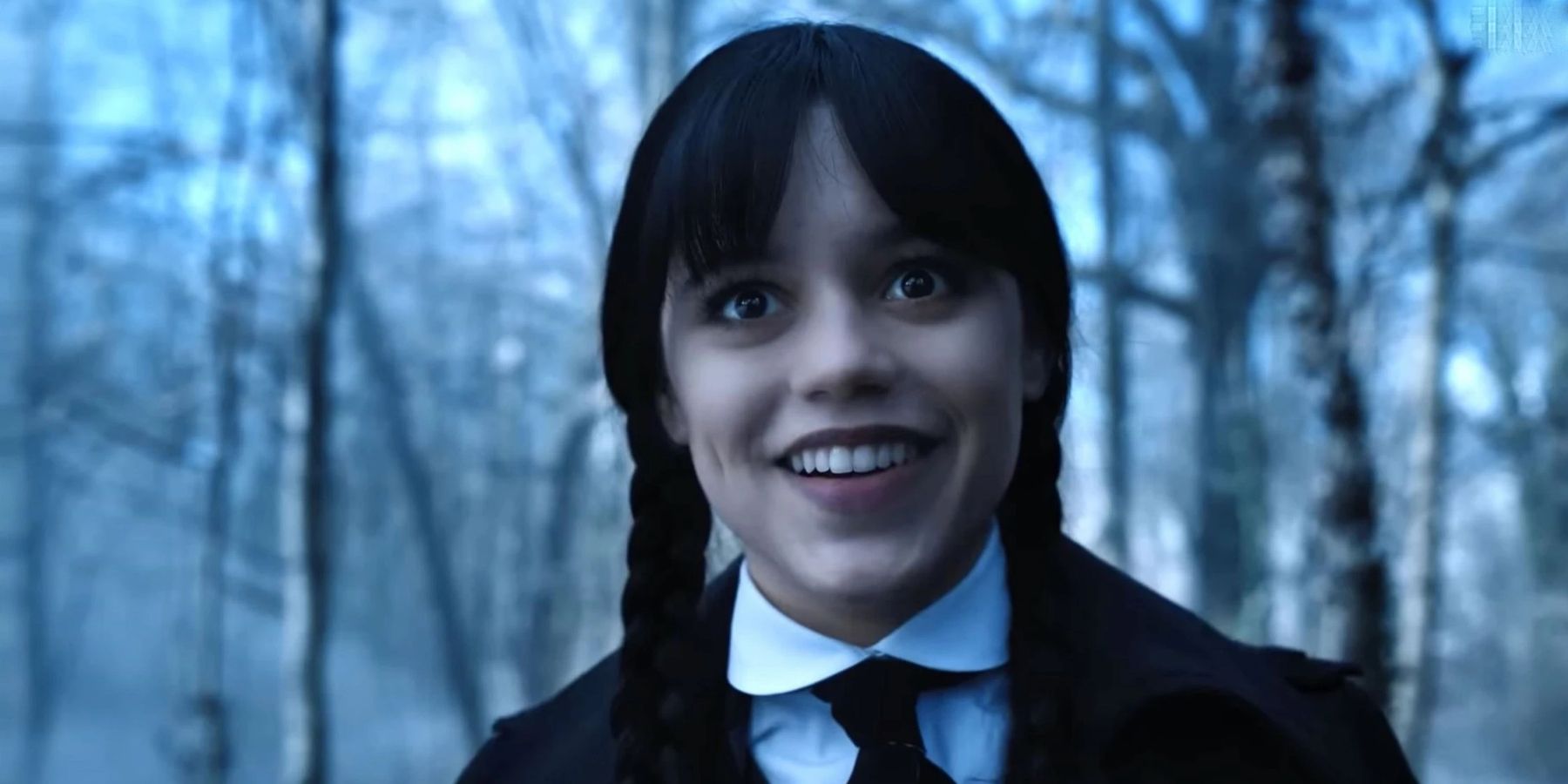
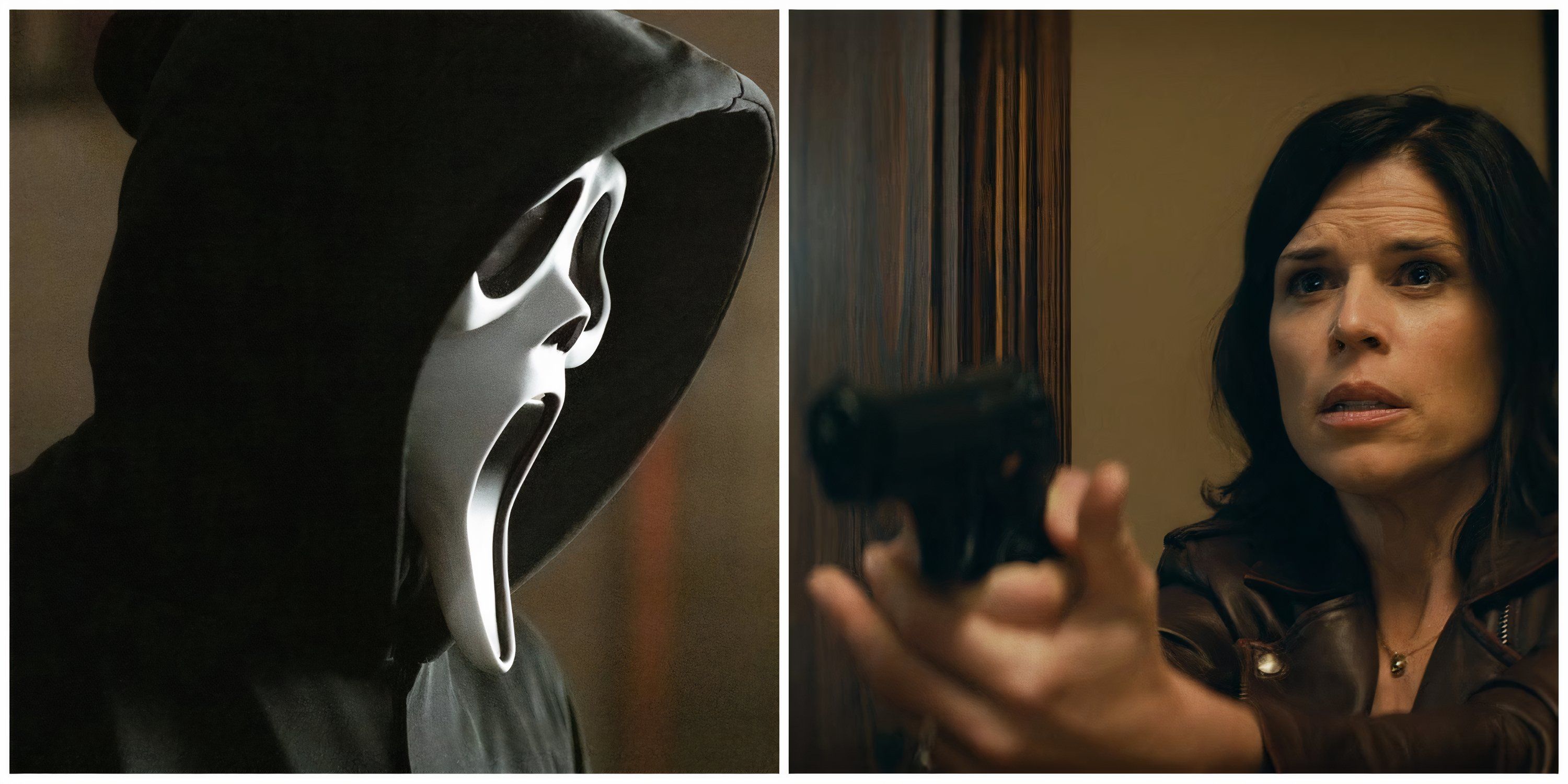

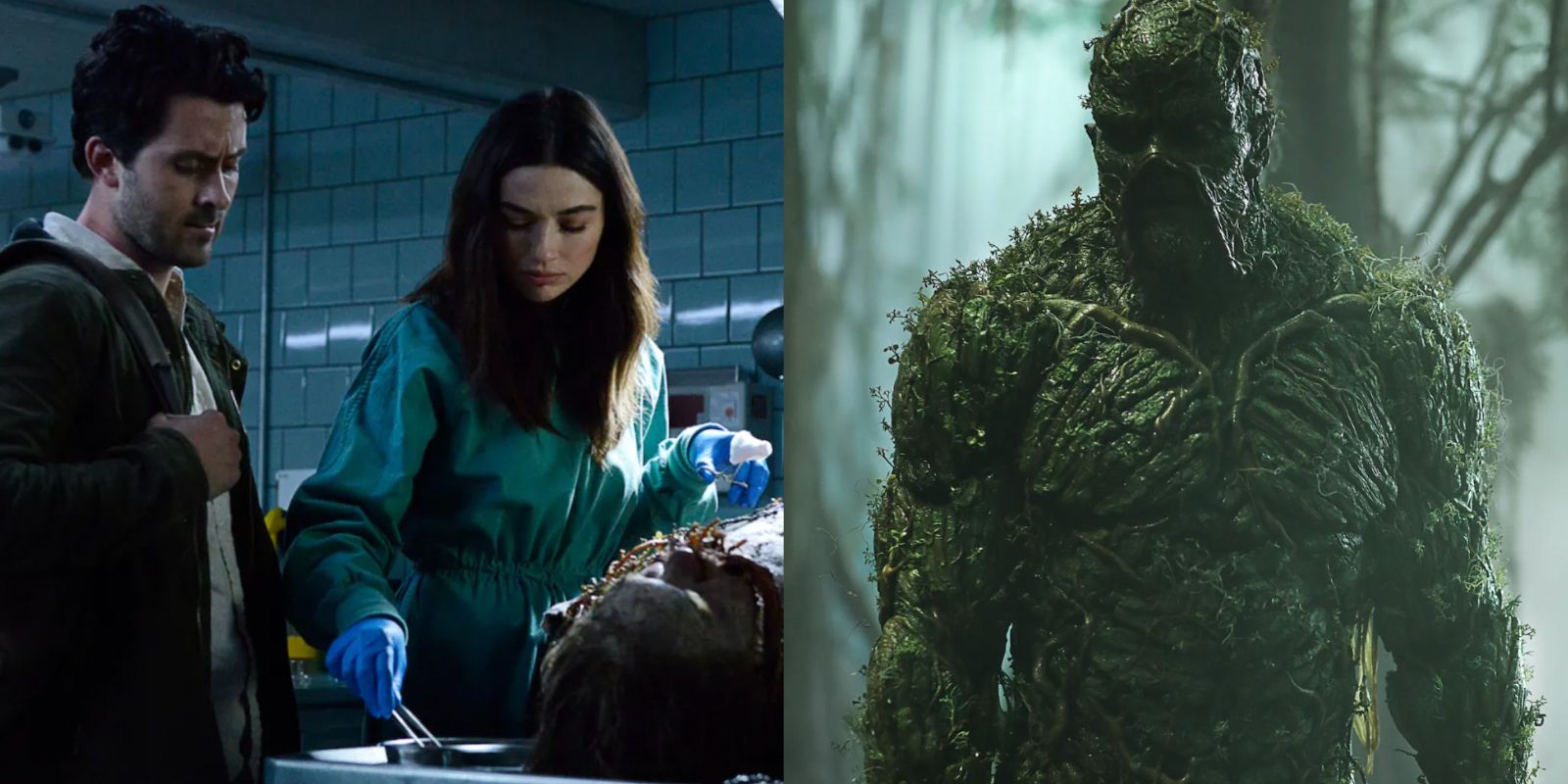
.jpg)
